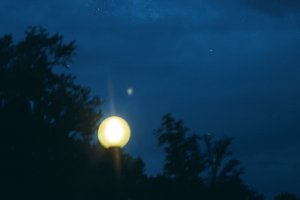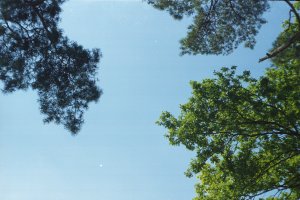
Noise Pollution

The Dutch Foundation against Noise Pollution fights sound pollution in the Netherlands. Their knowledge of noise pollution and how to control it can be used by everyone. Authorities, trade and industry, and private persons can ask questions at www.nsg.nl (in Dutch).
The NSG made these contributions to the Site of Silence (translated by Cas Botman):
Peace and quiet, silence and darkness: themes for the future
For many people nature is the place to get some peace and quiet. Nature offers us space to come to our senses in silence. It does so during the daytime, but surely also at night, when twinkling stars light clear nocturnal skies, adding an extra dimension to the silence and peace around us. Peace and quiet, silence and darkness are just as important to nature itself as to us: plant-life and especially animals thrive best in quiet, peaceful and nocturnally dark environments.
However, peace and quiet, silence and darkness are easily affected, impermanent values, and they are under constant pressure. On evaluating the government's criterion that Nature Reserves are designated Silent Zones with a maximum sound load of 40 dB(A), the RIVM (the Dutch institute for environmental matters) found that at the moment more than 30 percent of the main ecological framework in the Netherlands isnít silent at all. If policy isn't changed, this rate will increase to 40 percent in 2030. And the increasing illumination of cities, greenhouses and infrastructure will also have its implications: if we are not careful the signs of the Zodiac will become 'endangered animal species' in large parts of our country.
Strikingly, the one thing that draws people to nature is also the thing that is the least recognized and considered in government policy. Naturally the government tries to curb sound pollution as much as possible, but the involved regulations and measures mostly target our residential and commercial areas. Until now, sound pollution around natural reserves isnít much of a political issue, though it really should be, to establish peace and quiet for both people and animal life. And while they are at it, not just the policy on sound pollution, but also the policy on light pollution needs supplementation. Pollution by light has very harmful effects on for instance our meadow birds. Sadly, pollution by light is even less easily curbed than pollution by sound. But in the end it could be said that this is all the more reason to re-evaluate the need and necessity of illumination and its harmful effects on natural landscapes.
(taken from the chapter ĎMain Strategical Featuresí in Nature for people, people for nature, 'the government memorandum on nature, forestation and landscapes in the 21st century, by the Department of Agriculture, Nature management and Fisheries.).
International resistance against Noise Pollution can be found at The Noise Pollution Clearinghouse.


